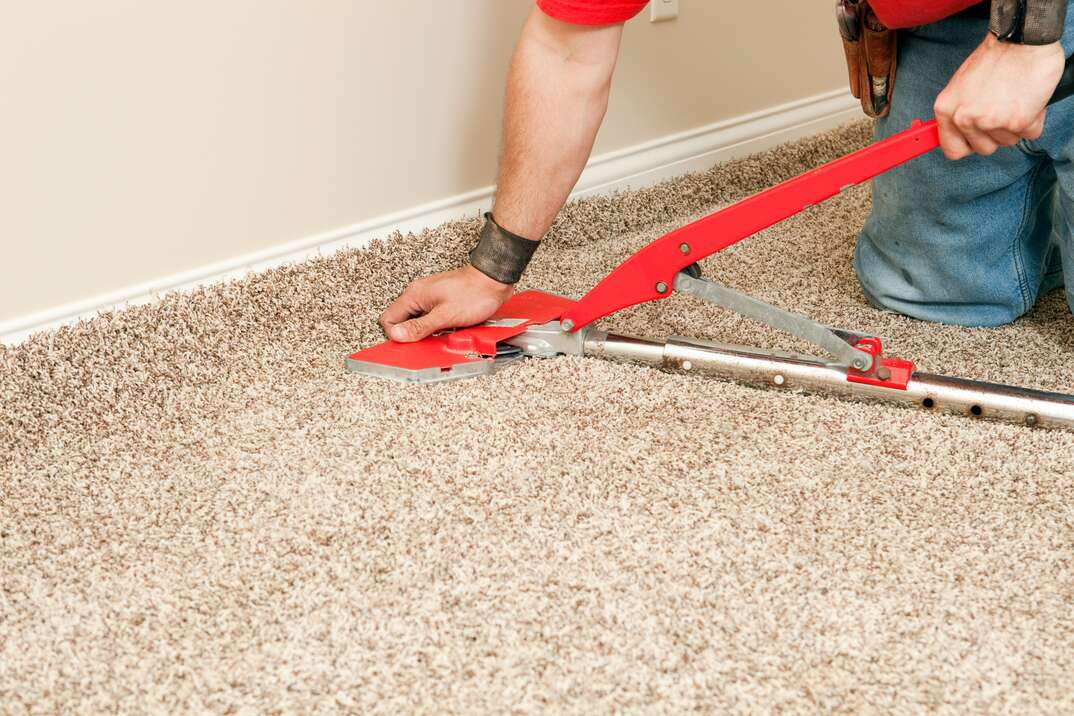Introduction
Carpets play a significant role in enhancing the aesthetic appeal and comfort of a space. However, they are subject to wear and tear over time, necessitating replacement. Determining the optimal frequency for carpet replacement requires consideration of various factors. In this article, we delve into expert insights to guide individuals and businesses in making informed decisions regarding the replacement of carpets.
Factors Influencing Carpet Lifespan
Carpet lifespan is influenced by several factors, each playing a crucial role in determining the frequency of replacement.
1. Quality of Materials
The quality of materials used in carpet manufacturing significantly impacts its durability. Carpets made from high-quality fibers such as wool or nylon tend to have a longer lifespan compared to those made from lower-grade materials.
2. Traffic Levels
The amount of foot traffic a carpet experiences directly affects its wear and tear. High-traffic areas such as hallways and common areas are more prone to deterioration and may require more frequent replacement compared to low-traffic areas like bedrooms.
3. Maintenance Practices
Regular maintenance, including vacuuming, spot cleaning, and professional cleaning, can prolong the lifespan of carpets. Neglecting proper maintenance can accelerate wear and necessitate earlier replacement.
4. Environmental Factors
Environmental factors such as humidity, temperature, and exposure to sunlight can impact carpet integrity. Excessive moisture or sunlight exposure can cause fading, mold growth, and other forms of damage, prompting the need for replacement.
Determining Replacement Frequency
While there is no one-size-fits-all answer to how often carpets should be replaced, several guidelines can help individuals and businesses make informed decisions.
1. Assessing Carpet Condition
Regularly assessing the condition of carpets is essential in determining when replacement is warranted. Signs of wear, such as fraying edges, bald spots, matting, and persistent stains, indicate that the carpet may need replacement.
2. Monitoring Performance
Monitoring the performance of carpets in high-traffic areas can provide insights into their durability. If carpets show signs of excessive wear and no longer provide adequate cushioning and support, replacement should be considered.

3. Industry Standards
Consulting industry standards and guidelines can offer valuable insights into recommended carpet replacement frequencies. While these standards may vary depending on factors such as carpet type and usage, they serve as useful benchmarks for decision-making.
4. Cost-Benefit Analysis
Conducting a cost-benefit analysis can help weigh the expenses associated with carpet replacement against the benefits of extending its lifespan. Factors such as the cost of replacement, potential downtime during installation, and the impact on aesthetics and functionality should be considered.
Maximizing Carpet Lifespan
Implementing proactive measures can help maximize the lifespan of carpets, thereby reducing the frequency of replacement.
1. Regular Cleaning and Maintenance
Adhering to a regular cleaning and maintenance schedule can prevent premature wear and extend the lifespan of carpets. Vacuuming, spot cleaning, and professional deep cleaning help remove dirt, stains, and debris, preserving carpet integrity.
2. Using Protective Measures
Utilizing protective measures such as area rugs, carpet runners, and furniture pads can help minimize wear and tear in high-traffic areas. These measures distribute weight more evenly, reducing pressure on the carpet fibers and extending their lifespan.
3. Addressing Issues Promptly
Addressing issues such as spills, stains, and damage promptly can prevent them from escalating and causing irreparable harm to the carpet. Implementing timely repairs and treatments can prolong carpet lifespan and delay the need for replacement.
Conclusion
Determining the frequency for carpet replacement requires careful consideration of various factors, including material quality, traffic levels, maintenance practices, and environmental influences. By assessing carpet condition, monitoring performance, adhering to industry standards, and conducting cost-benefit analyses, individuals and businesses can make informed decisions regarding replacement. Moreover, implementing proactive measures to maximize carpet lifespan through regular cleaning, protective measures, and prompt issue resolution can further extend the longevity of carpets, reducing the frequency of replacement and optimizing investment value.
